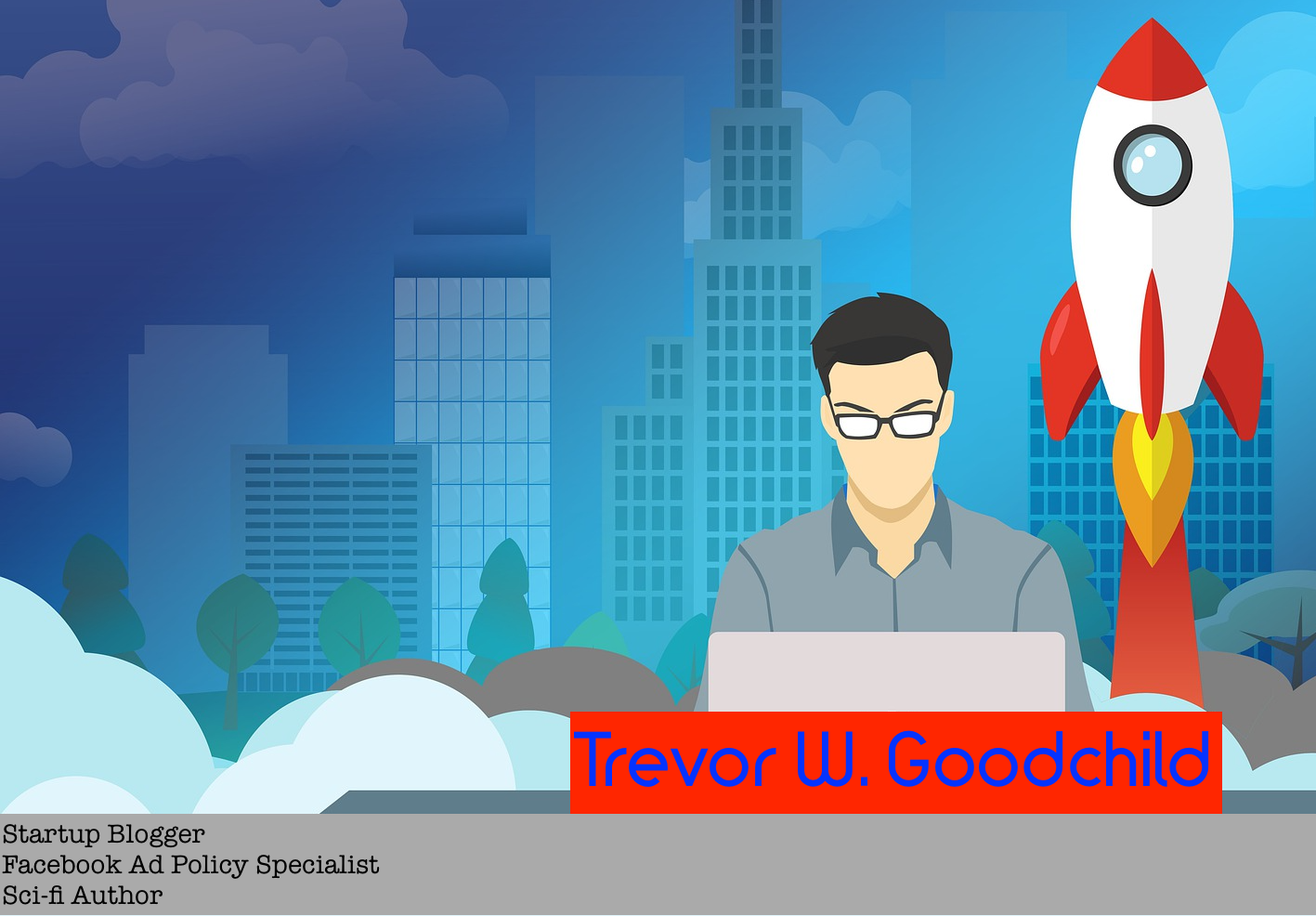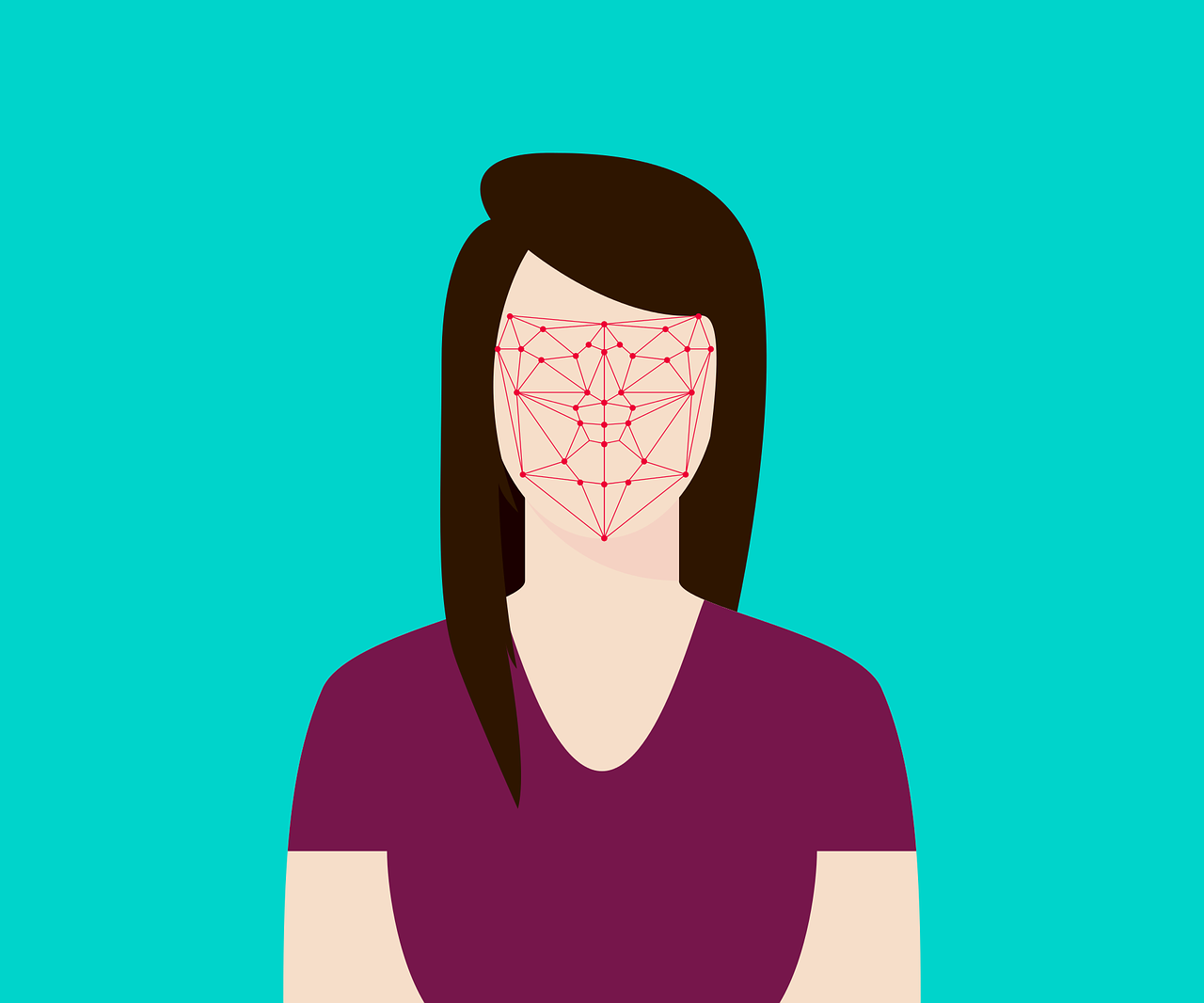
Right now the future of marketing is in AI - artificial intelligence - which employs systems with the ability to automatically learn and improve from experience without programming (read last blog about Woke Capitalism here).
But when is this a violation of user privacy? How much is too much for demographic targeting?
AI-driven algorithms build a mathematical model based on sample data, known as "training data", in order to make predictions or decisions.
The way it’s used today can get pretty intimate about your personal details - especially with facial recognition software.
Machine learning correctly determines a lot about you — for example it can tell if you’ve recently got married, predict your sexual orientation, purchased a new home, whether you’re pregnant and even whether you’re about to quit your job.
Marketers can determine race based on the type of Facebook pages you like. Combine that with facial recognition software - and some scenarios feel like Will Smith in Enemy of the State.
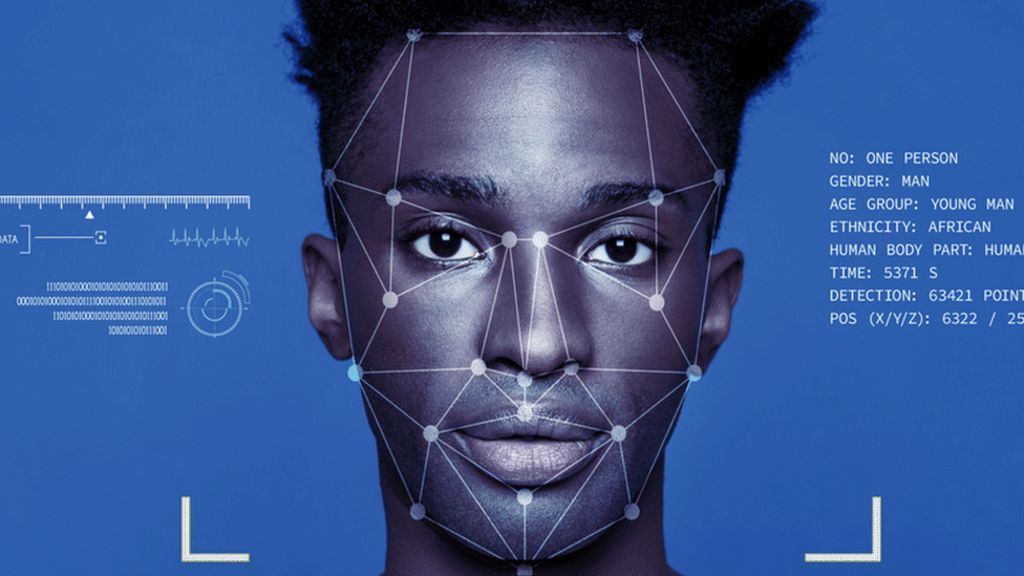
Credit: BBC.com
The Chinese government track minorities such as the Uyghurs using facial recognition.
As Tech Crunch Reports:
“The database processed various facial details, such as if a person’s eyes or mouth are open, if they’re wearing sunglasses, or a mask — common during periods of heavy smog — and if a person is smiling or even has a beard.”
“The database also contained a subject’s approximate age as well as an “attractive” score, according to the database fields.”
“The Chinese government has detained more than a million Uyghurs in internment camps in the past year, according to a United Nations human rights committee. It’s part of a massive crackdown by Beijing on the ethnic minority group. Just this week, details emerged of an app used by police to track Uyghur Muslims.”
The world's largest association of computing professionals,The Association for Computing Machinery, is calling for an "immediate suspension" of the private and governmental use of facial recognition technologies for "technical and ethical reasons."
NBC News reports:
"The technology too often produces results demonstrating clear bias based on ethnic, racial, gender, and other human characteristics recognizable by computer systems," the group's U.S. Technology Policy Committee said in a statement.
"Such bias and its effects are scientifically and socially unacceptable."
"The association acknowledged that facial recognition technology can be "benign or beneficial," but it said its use has "often compromised fundamental human and legal rights of individuals to privacy, employment, justice and personal liberty."
At the end of 2019, researchers for the National Institute of Standards and Technology, an agency of the Commerce Department, discovered facial recognition algorithms falsely identified African American and Asian faces 10 to 100 times more often than Caucasian faces — a glitch proven with the wrongful arrest of Robert Williams.
It isn’t just the abuse of power from ruling classes that may cause many to raise an eyebrow - it’s also the potential of data leaks to jeopardize vulnerable groups of people targeted by racist or religious persecutors.
Security lapse exposed a Chinese smart city surveillance system
On the flip side, activists have used facial recognition, powered by AI to identify police officers who hide their badge numbers in cases of police brutality.
“For a while now, everyone was aware the big guys could use this to identify and oppress the little guys, but we’re now approaching the technological threshold where the little guys can do it to the big guys,” Andrew Maximov, a developer working on a similar project, told the NYT.
“It’s not just the loss of anonymity. It’s the threat of infamy.”
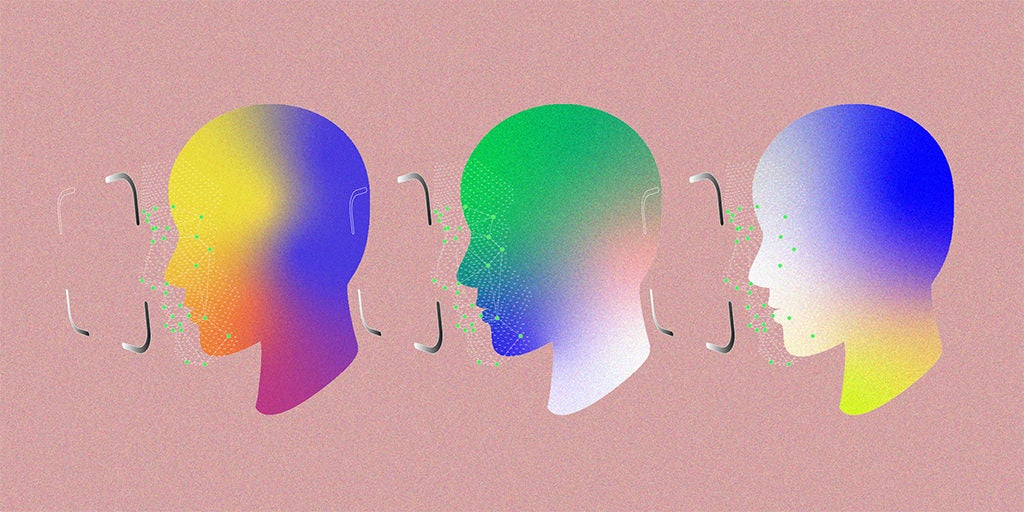
Credit: www.nytimes.com/wirecutter/
How AI-Driven Facial Recognition Works
Facial recognition is built from proprietary algorithms and has 3 main phases:
Detection, Attribution and Recognition.
Detection locates a face inside a picture.
Attribution maps points on a face using the distance between the eyes, the shape of the jaw line, the space between the nose and mouth. Then it converts this into a string of numbers called a “faceprint”
Recognition is where your identity is associated with the figure in the photo.
AI machines are fed thousands of photos to train the machine to recognize faces, the more diverse the collection of photos are the better the algorithm gets at identifying people in the photo.
A Brief Timeline of Facial Recognition
Facial recognition’s first giant shift to the public limelight was in 2001 with much controversy. In 2001, US law enforcement used facial recognition on crowds at Super Bowl XXXV. Critics accurately described it as a violation of Fourth Amendment rights against unreasonable search and seizure.
Originally started by Woodrow Wilson Bledsoe who developed a system of data point measurements to classify photos of faces in the 1960s unnamed organizations funded his research that was never publicly published. There is evidence indicating the police were interested from the beginning in facial recognition.
2001 also saw the first widespread police use of the technology with a database operated by the Pinellas County Sheriff’s Office, now one of the largest local databases in the country.
Fast forward to 2008, when Illinois’s Biometric Information Privacy Act went into effect, becoming the first law of its kind in the US to regulate the illegal collection and storage of your biometric information, including photos of faces.
Enter the 2010s which jumpstarted the more modern era of facial recognition. The introduction of neural networks made facial recognition a standard feature.
Three years later in 2011, facial recognition confirmed the identity of Osama bin Laden.
In 2014, Facebook publicly revealed its DeepFace photo-tagging software, the same year Edward Snowden released documents showing the depth that the US government was collecting images to build a database of your personal information.
One year later in 2015, Baltimore police used facial recognition to identify people who protested Freddie Gray being killed by the police, breaking his spine while in a police van.
Target revealed a teen was pregnant to her father through sending her coupons for baby items and that was one of the bigger headlines about machine learning in advertising as well.
As of 2020, Microsoft will ban police use of its controversial facial-recognition systems while Alphabet and Google CEO Sundar Pichai suggests a temporary ban, as recently suggested by the EU, might be a good step in the right direction.
The Sophistry of Compliance
Facial recognition—the software that maps, analyzes, and then identifies the identity of a face in a photo or video—is one of the most powerful surveillance tools ever made.
It's so part of everyday life as many use facial recognition just as a way to unlock their smartphones or organize their pictures, it's easy to just accept. But how big corporations and governments use it is going have a much bigger effect on our lives.
If it's your phone or computer that you own, you can opt out of or turn off facial recognition, but the prevalence of cameras everywhere makes this tech more and more difficult to avoid in the public space.
Serious concerns about this prevalence are magnified by increased evidence of racial profiling and protester identification.
This has motivated Fortune 500 companies, like Amazon, IBM, and Microsoft, to put a moratorium on selling their software to law enforcement.
Yet, these will end as moratoriums are only for a designated amount of time. Each year, certain types of tech get cheaper and cheaper - the same is happening with facial recognition tech getting both cheaper and more effective.
This brings up hard questions that we all need to answer on how to regulate facial recognition, and the moral compromises many are blasé about making now but have and will jeopardize individual privacy rights.
What do you think? Has the AI machine learning gone too far with facial recognition? Do you want to be tracked at work on whether or not you’re day dreaming or staring at a screen?
If you’d like to opt out for Facebook using facial recognition on you, here’s their page for that:
Comment below with your thoughts on machine learning and facial recognition: what is acceptable and what is going too far?
Read more about how facial recognition software works here
New Solution to Facebook Ad Policy Violations
After years of working at Facebook, I understand exactly what ad copy in your funnel is triggering the automations and how to get compliant. I'm a Facebook ad policy specialist and can audit your funnel, and share what to say that Facebook wants to see instead - but just isn't telling you.
Want to book a call to talk to Facebook and get results? Get solid answers directly from the source instead of guessing, googling and playing roulette? Schedule a call with me and I can easily tell you proven reasons why the automations flag you and how to become compliant.
You'll be swapping out walking in a minefield of ad flags, to have a sure path to having your Facebook ad accounts protected from being disabled. My clients have included social media marketing agencies of Tony Robbins, Harv Eker and Dean Graziosi. I'm featured on the Queen of Facebook Mari Smith's Marketing Essentials Course.
Save energy and money - how much is it costing you to not know why Facebook is shutting you down? My calendar is here.

I get 100s of emails a week from businesses and advertisers asking for help when their facebook ad account keeps getting disabled, so my calendar gets booked fast. But if you want to get to the front, you can pre-pay for a consulting session here: Book a call
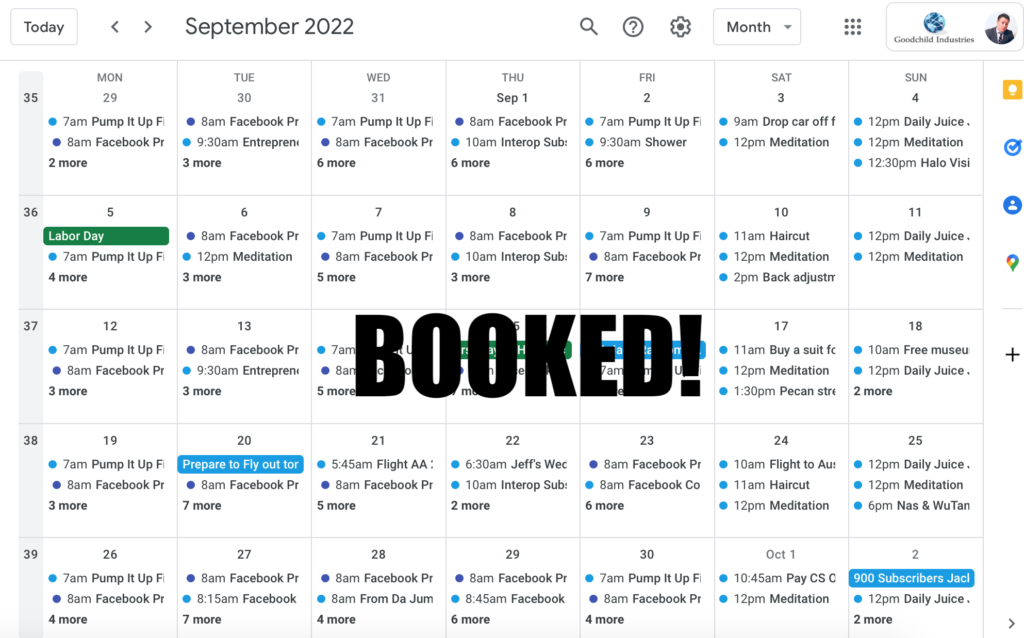
If you want to skip the line before this offer ends, immediately secure an expert-level Facebook consulting call from someone at Facebook. Book a call with me now! If you're ok with waiting a bit longer, and entering the waitlist to see if you're eligible - Schedule a call or contact me via email.









